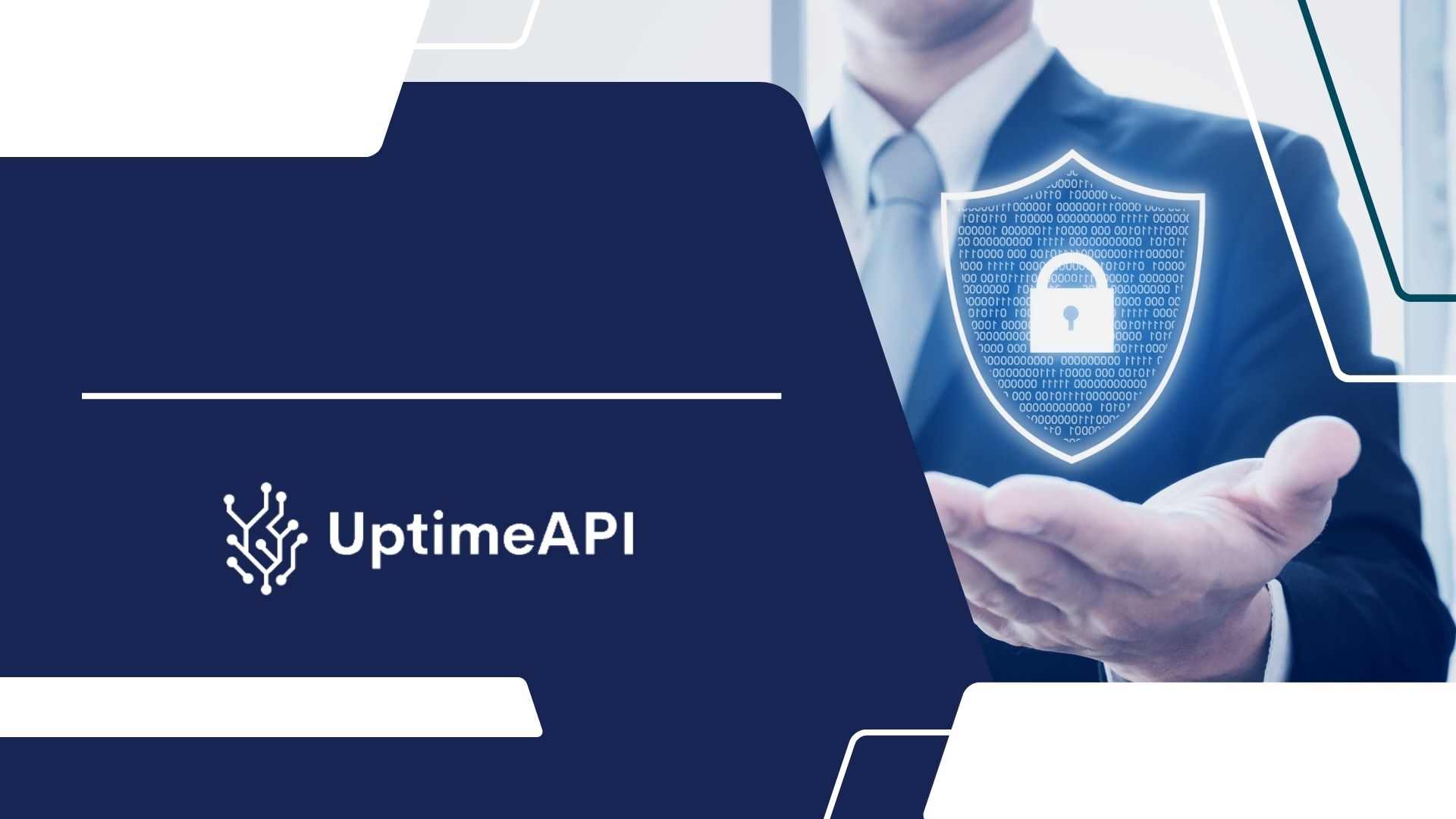Real Time API Monitoring For Your Application

One cannot stress the significance of real-time API monitoring in the current digital environment, where API performance and availability are essential for smooth operations. This article examines the value of real-time monitoring solutions and offers a thorough rundown of their advantages and methods for use.
Understanding Real-Time API Monitoring
In order to quickly identify problems, real-time API monitoring entails ongoing observation and analysis of API performance indicators. It fulfills the function of guaranteeing the best possible API performance and availability, which is essential for preserving user happiness and operational effectiveness. Real-time insights on API health are provided by monitoring, which minimizes service interruptions and enables proactive issue resolution. It improves the stability of the project and makes it easier to respond quickly to new problems.
Monitoring response time, error rates, and uptime and downtime are essential metrics in real-time API monitoring. These metrics provide a comprehensive view of API performance and help in identifying potential bottlenecks or failures. Configuring real-time monitoring requires meticulous planning and execution to ensure seamless integration with existing systems. It involves defining monitoring parameters and establishing data flow for continuous analysis.
Best Practices For Effective Monitoring
Proactive monitoring uses automation to handle possible problems before they become more serious by doing ongoing checks as opposed to sporadic evaluations. To sustain API uptime, it is imperative to establish robust alert handling mechanisms that guarantee timely notice and escalation of important issues, hence facilitating quick incident response and resolution.
Effective real-time API monitoring techniques are illustrated through illustrative case studies of an e-commerce platform, a SaaS application, and a financial services provider. These case studies highlight concrete advantages and lessons gained. Predictive analytics for advanced monitoring, which provides insights on API performance trends and preemptive maintenance, is powered by advancements in monitoring technologies like artificial intelligence (AI) and machine learning.
Monitoring frameworks that are scalable and agile can be achieved through the adoption of cloud-based solutions and improvements to real-time dashboard functionality. To sum up, real-time API monitoring is essential for the development and upkeep of contemporary applications. It gives developers the opportunity to provide dependable and strong APIs by guaranteeing high availability, improved performance, and quick issue resolution.
Uptime API
With Uptime API, you can monitor your APIs. It works by regularly confirming that your APIs are up and running and performing as expected. Setting up monitors is easy. To set up monitors, you need the target API endpoint URL and the ability to change the watch's timeout and interval parameters. While timeouts show how long an API will wait for a response, monitoring intervals show how frequently an API will perform health checks. You may customize monitoring to your needs and preferences with these settings.
You can choose which contacts should receive notifications straight from your API dashboard and set up alerts. You can then inform your team in this manner. You can select the package that best suits your monitoring requirements thanks to its numerous adjustable settings and monitor limits. Additionally, it offers historical data and analytics so you can monitor how API availability and performance have changed over time. Obtain access to your logs so you may investigate any API problems.
Analyze past performance patterns and base your choices on the truth. Alerts can be tailored to your requirements in order to avoid unnecessary interruptions. real-time API monitoring with immediate information. Select the alert distribution method—such as webhooks, SMS, or email notifications—that best suits your requirements.
